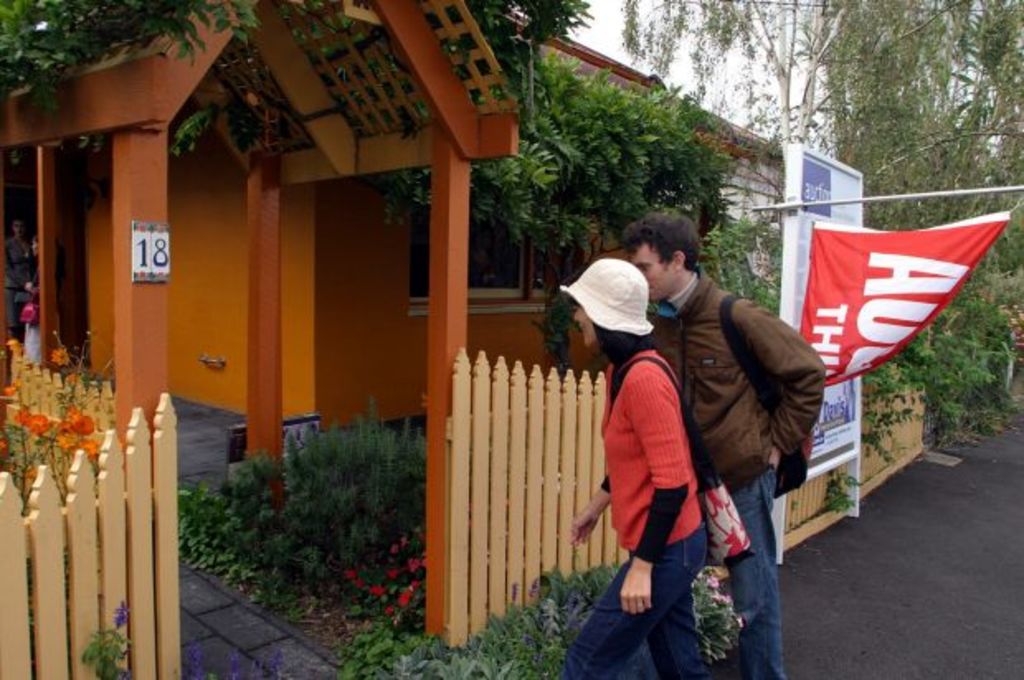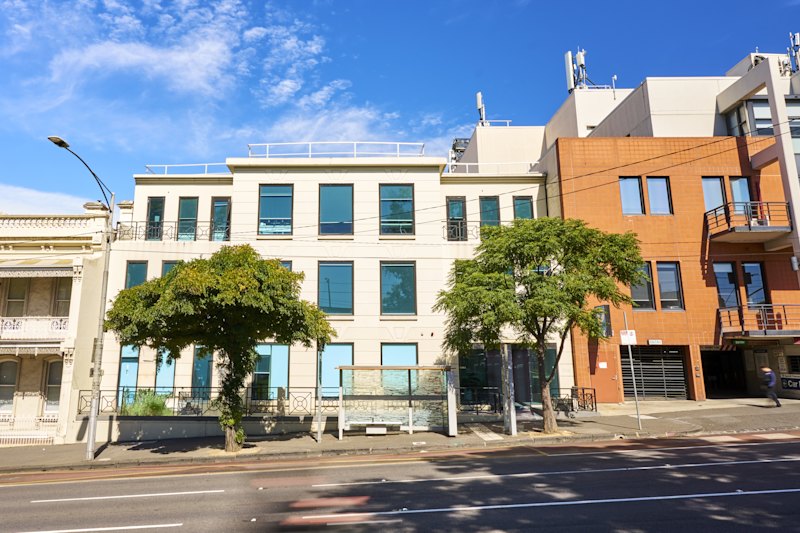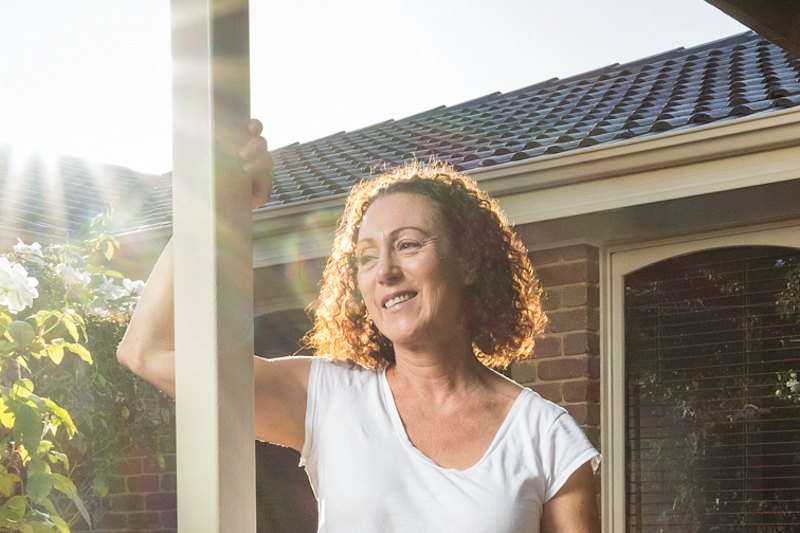When it comes to buying a first home in Canberra, did Baby Boomers have it better than Gen Y?

When it comes to buying a first home, did baby boomers have it better than Gen Y?
Baby Boomers tend to be blamed for the all-encompassing housing affordability crisis. The mention of this generation in a property article will normally end in finger pointing.
Homeownership has become a perception of right – much like the right to skinny soy latte entrenched in today’s society. We should all be able to afford to live under a roof we own. We continually harp on this issue – it is the Australian dream after all.
Despite the fact our population has swelled and economic circumstances have changed, the dream has not. I am stating the obvious but our world and societal behaviours has morphed from the days Baby Boomers hopped on the property ladder.
Buying behaviour remains the same – or should I say the perceived buying power. The three-bedroom, detached family home, with room for a footy net in the yard, is something that has not. Perhaps a realistic approach is the change needed to be able to deem what is affordable. There has to be room for movement in the descriptive of a dream first home.
Times may have shifted but Gen Y face obstacles. Roughly one-third are university educated compared with only one-fifth of Baby Boomers. These highly educated individuals come hand-in-hand with HECS debt, low wages growth and underemployment. Let’s throw escalating house prices into the mix.
The working world for Gen Y is different from Baby Boomers. Never has the phrase “over qualified” been used so frequently. Many are underemployed or work multiple jobs to make ends meet. The casualisation of work presents a tougher issue when obtaining a mortgage. Banks haven’t adapted as quickly as the Gen Y work force.
Gen Y may have a tougher journey to purchasing but Baby Boomers have other weighty financial commitments. They often have responsibilities for grandchildren, frail parents (who are living longer), their Gen Y kids staying at home (to save a deposit) and a working life that is forever pushing longer. They are playing a more supportive role than their own parents did of them. Baby Boomers have adapted, life has changed and continues to.
The facts cannot be ignored – first homebuyer numbers have declined. Representing 10.2 per cent of the owner-occupied loans financed in the ACT, the sixth lowest monthly result on record. Dwindling numbers cannot be solely attributed to affordability issues. Other factors come into play when comparing Gen Y with Baby Boomers. Gen Y settle down and start working life later, making a single-person household (and income) more likely.
Of course there is a growing gap between prices and the average weekly earnings. Mortgage repayments against monthly income can be used as an indicator of affordability. In Canberra, the affordability of a home has deteriorated. The average first home loan is just over three times the average wage. Even more startling, the current median house price is almost eight times the average wage.
Policy intervention could aid the housing crisis. Otherwise tenant numbers will continue to rise.
Nicola Powell is a property expert for Allhomes. Twitter: @DocNicolaPowell
We recommend
We thought you might like
States
Capital Cities
Capital Cities - Rentals
Popular Areas
Allhomes
More










